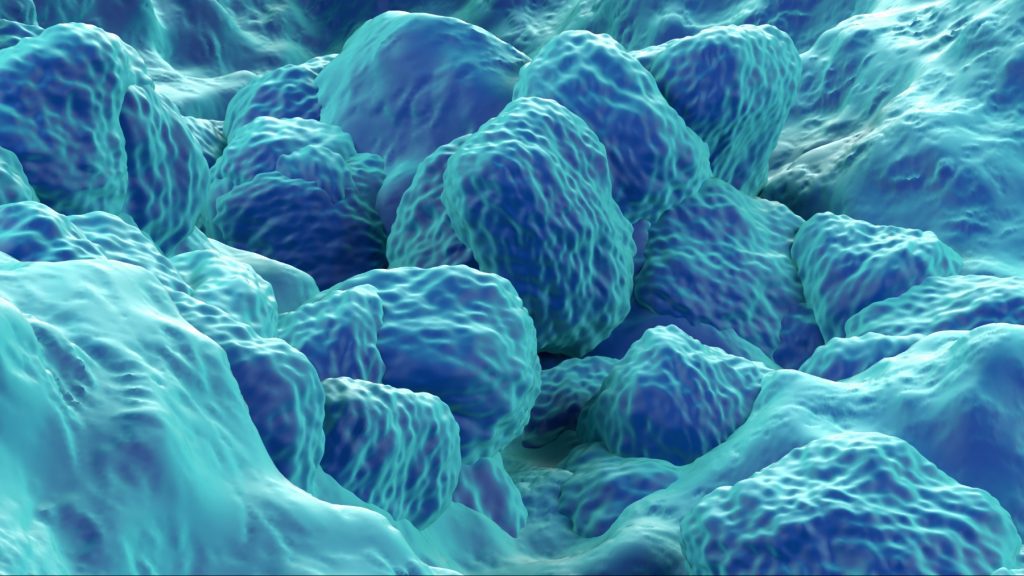
In collaboration with experts from the University of Basel and ETH Zurich in Switzerland, researchers from Auburne University have combined artificial intelligence in cancer treatment with molecular dynamics simulations and network analysis for a better prediction of binding sites of the PD-L1 protein.
Led by Dr. Rafael Bernardi, Associate Professor of Biophysics in the Department of Physics, the approach is expected to generate a better predicting of the binding sites of this protein, to determine the main binding sites related to the protein PD- L1, playing a pivotal role in AI cancer therapy.
The PD-L1 protein is known for its ability to keep cancer away from the immune system. However, the exact binding sites’ prediction on PD-L1 for new drugs in cancer treatment is until now the biggest challenge for AI. This research uses AI biophysics with AlphaFold2 tools in combination with simulations through molecular dynamics and network analysis to determine these critical sites with higher precision.
AI biophysics for More Targeted Cancer Treatments
Published in the Journal of the American Chemical Society, the research is expected to speed up the development of personalized cancer treatments through key points identification in the cancer related protein, further highlighting the importance of biophysics in drug discovery. The technique not only enhances AI in cancer research but provides a roadmap toward exploiting these tools for any cancer-related protein and possibly other diseases.
“The use of computational means to redesign proteins is the next future for cancer therapy,” said Dr. Bernardi, “our integrated approach with AI, molecular dynamics, and network analysis has enormous promise for developing personalized therapies in cancer patients.”
These AI driven expectations were further validated by the team through advanced experimental techniques, such as cross-linking mass spectrometry and next-generation sequencing. These techniques have validated their AI-driven predictions, again showing the power of combining computational models with laboratory experiments in unraveling complex protein-protein interactions.
A Study Beyond PD-L1
Utilizing supercomputing tools such as Nanoscale Molecular Dynamics (NAMD) and Visual Molecular Dynamics (VMD), which are powerful computational tools used in molecular dynamics and molecular modeling research, particularly in the field of biophysics and drug discovery with high-performance hardware, such as the NVIDIA DGX systems, researchers can design new therapies faster and at a much lower cost than traditional approaches, emphasizing the importance of artificial intelligence and cancer drug development.
Since AI cancer therapy has shown rapid development these recent years, this research demonstrated how artificial intelligence could connect with cancer drug development to produce more specific and effective treatments for patients. As artificial intelligence in cancer treatment continuously develops, along with AI biophysics there is a high potential for development of more effective and personalized cancer treatments.
Inside Telecom provides you with an extensive list of content covering all aspects of the Tech industry. Keep an eye on our Medtech section to stay informed and updated with our daily articles.